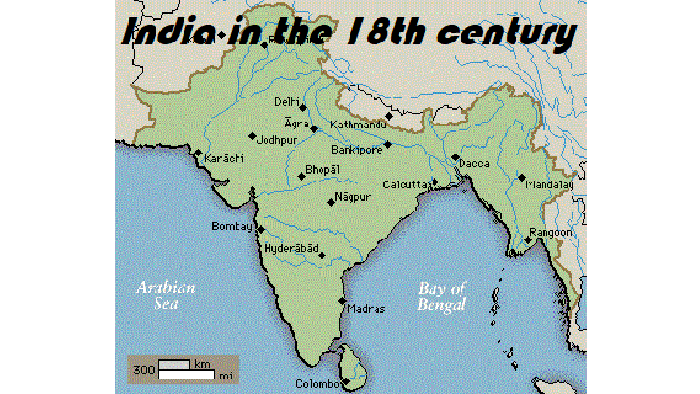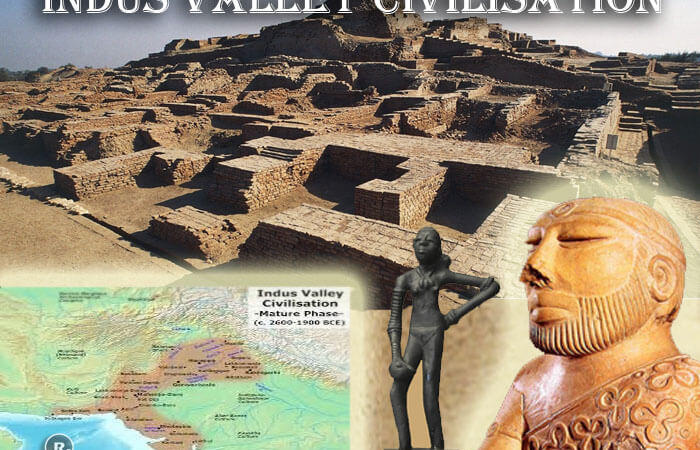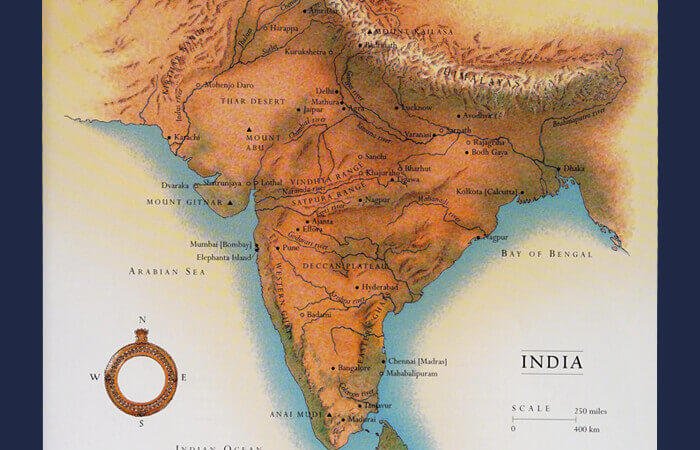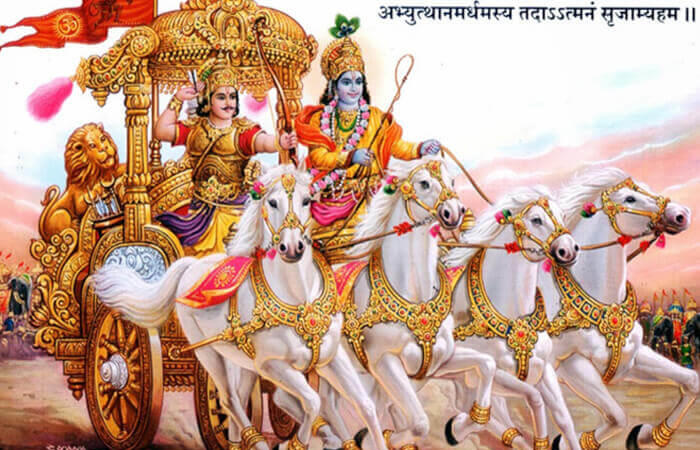India In The 18th Century: Economic, Society and Culture

India in the eighteenth century was a picture of many contrasts and contradictions. It has to endure one of the most chaotic periods in its entire history. Economically agriculture was the main occupation of the people. Since the rulers were constantly at war, they did not have the time to improve the agricultural conditions of the land.
Foreign trade was flourishing under the Mughals. India imported pearls, raw silk, wool, dates, dried fruits from the Persian Gulf region; Coffee, gold, drugs, and honey from Arabia; tea, porcelain, and silk came into India from China; luxury goods were also brought in from Tibet, Singapore, Indonesian Islands, Africa, and Europe. Indian exported raw silk, silk fabrics, indigo, sugar, pepper, and many other things. India’s cotton textiles were famous all over the world.
In spite of such a favorable balance of trade, India’s economic condition could not improve because of constant warfare. Within the country, there were revolts of the Sikhs, Jats, Marathas and from outside, foreign invasions, like that of Nadir Shah (1739 A.D.) and Ahmad Shah Abdali (1761), was common.
By the eighteenth century, European countries like France, England, Portugal, and Spain were interested in trading with India. They helped in creating more political and economic instability in the country and ultimately they destroyed its economy. But, by this time, India’s fame had spread all over the world as a land of beautiful handicrafts.
Socially, there was no unity of pattern in the social and cultural life of the people. Whether they were Hindus or Muslims, there was a division among them on the basis of region, tribe, language, and caste. Caste rules were to be observed in matters of marriage, diet, interdining as well as in choosing a profession. Anyone found disobeying rules were most likely to be thrown out of the community.
In the field of science that India, which was so advanced, had by now neglected her mathematics and sciences. They remained ignorant of the advances made in the field of science by the West. The teacher was respected in society during those times. Education was steeped in tradition. The students were taught reading and writing along with arithmetic. Girls seldom went to school. Education was not patronized by the State, but by local rulers, members of the aristocracy, and benevolent contributors.
Hindu-Muslim Relations
Friendly relations existed between the people of the two religions. Religious tolerance was practiced. The wars were political and fought for selfish reasons rather than for religion. Members of both the communities participated in each other’s festivals. Many Hindus had faith in Muslim saints while many Muslims showed equal respect for Hindu gods and saints. In fact, the upper-class Hindus and Muslims had many more things in common with each other than with the lower classes of their own community. Besides, the Muslims had adopted the Indian style and culture so well that it was difficult to distinguish one from the other.
The decline of Mughal Power
Hence we see that in the 18th century the Mughal Empire which had dominated the Indian subcontinent before the 18th century, had to suffer from the chaos after the death of Aurangzeb; it not only had to experience a number of local powers emerging in the subcontinent but also underwent a series of invasions by neighboring countries, notably by Nadir Shah. Most importantly, the British East India Company extended its influence into the area, signaling the beginning of the colonization of the entire Indian subcontinent.
Such domestic fragmentations as well as foreign invasions of India, clearly seem to derive partially from the exorbitant conquest and religious intolerance of the Mughal Empire that began under the reign of Aurangzeb. Enlarged territories gave the succeeding Mughal Emperors difficulty in maintaining the empire, and the harsh policies enacted toward local powers, particularly in terms of religion, severely aroused their oppositions. The disordered situations in India enticed foreign powers into the territory, especially the EIC, which was equipped with a strong imperialistic urge to colonize the area.
The history of India in the 18th century demonstrates the procedure of deterioration and eventual collapse of a once-powerful empire (Mughal), and its gradual colonization by a foreign power. However, the situation of the Mughal Empire was not limited to the empire alone. In fact, events that befell the Indian subcontinent demonstrate the cosmopolitan trend (of colonialism and imperialism) that was beginning to spread throughout the world. European powers, having a reasonable urge to find new markets to sell their mass-manufactured products and seek places where they could achieve raw materials, began their centuries-lasting process of colonization throughout the world. Therefore, a series of incidents in India in the 18th century should be viewed not only as specific to the area but as a microcosm of the cosmopolitan trend of imperialism initiated by the European powers.
Suggested Read: History of India






